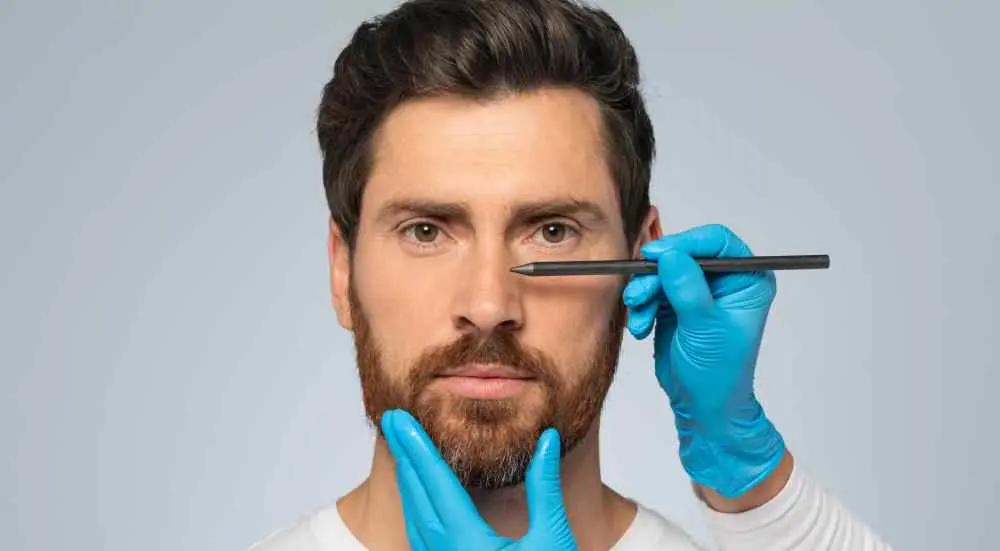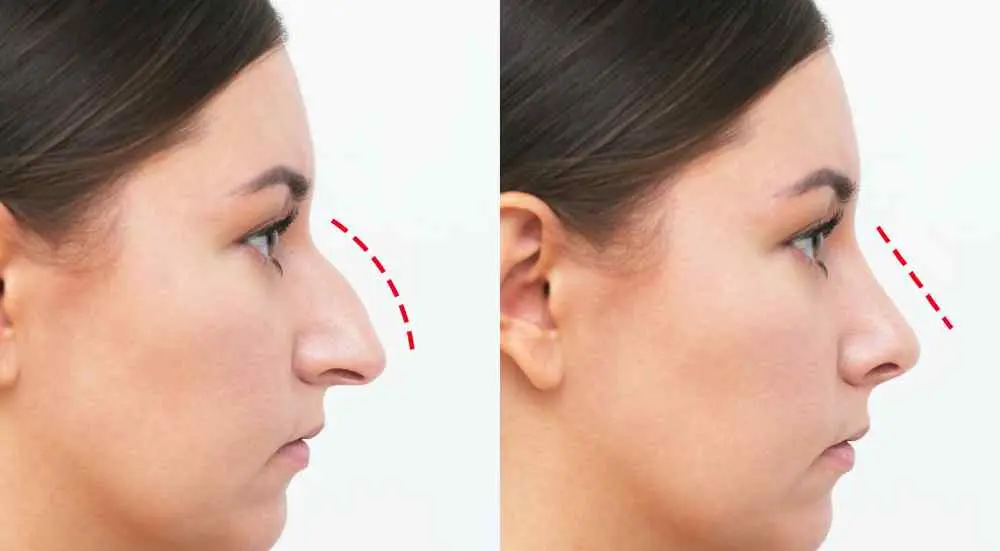

One of the most used cosmetic surgeries that are performed all over the world is the Rhinoplasty (Nose Surgery) that is used to enhance the appearance and also the functionality of the nose. This reconstructive surgery can improve the harmony of the face, fix defects of the face and even solve the problem of breathing due to structural defects. A large number of patients are opting to undergo rhinoplasty because of more than aesthetic purposes including better airflow or deviated septum.
Rhinoplasty (Nose Surgery) is an operation that reconstructs or refigures the nose to create a more harmonious look of the face or to correct dysfunctions. It may require changing bone, cartilage or soft tissue of the nose to give it the shape and proportion one wants.
It aims at enhancing the look of the nose without affecting the natural facial proportions. Medical conditions like nasal obstruction or post-traumatic deformities are some of the other medical conditions that rhinoplasty corrects. This is usually done under general anesthesia and depends on the individual face and objectives of the patient.
The Rhinoplasty depends on the requirements of the patient and the method employed by the surgeon. Depending on the structure of your nose, thickness of your skin and the goals of aesthetics, your doctor will advise you on the best type.
Popular varieties of rhinoplasty are:

Rhinoplasty is a well calculated and well-executed surgery that involves art and precision. It is tailored to the anatomy and expectations of the individual patient.
The general rhinoplasty procedure is performed as follows:
Patients are also thoroughly consulted before rhinoplasty, with facial examination and outline of what they want to change. Photographs can be taken during preoperative planning and digital simulations.
Mild swelling and bruising is normal after rhinoplasty and should resolve in a matter of two weeks. The ultimate form of the nose is joined out as healing continues and full effects are seen after a couple of months.
Adherence to the surgeon aftercare instructions is vital to getting the best possible outcomes and the process of recovery is not difficult.

Even though rhinoplasty is not a very risky procedure due to the skills of an effective surgeon, it is a surgical operation and has certain risks. They are reduced through appropriate surgical planning and after care.
Such potential complications include:
Rhinoplasty cost, depends on various factors, such as the experience of the surgeon, the kind of rhinoplasty to be performed (open, closed, revision), hospital costs, and cost of anesthesia. Rhinoplasty is much cheaper in Turkey than in most western countries and it is of a world standard.
Most clinics provide specialized packages including consultancy, surgery, hospitalization, and post-operative treatment. Rhinoplasty is not merely an investment in beauty, but in self-esteem, facial proportions, and life quality.
This content is for informational purposes only and should not be considered medical advice. If you are experiencing any of the mentioned symptoms, please fill out the form to contact us for professional support.
Rhinoplasty generally takes 1.5 to 3 hours of time, this will depend on the complexity of the case and the techniques applied.
Majority of patients complain of mild discomfort, and no pain. Modern methods and drugs provide a comfortable healing process.
In open rhinoplasty the external incision is more easily seen whereas in closed rhinoplasty there is no external incision, instead internal cuts are made so that no bruises and cures are visible and heals faster.
Deviated septum or other structural problems causing breathing difficulties can be corrected by functional rhinoplasty surgery.
Within a week-ten days, most patients go back to work, after the swelling and bruising are cured.